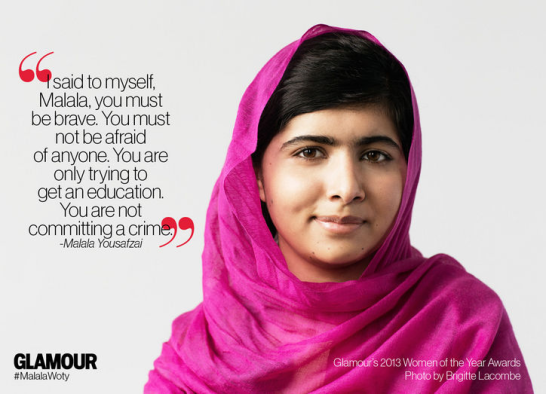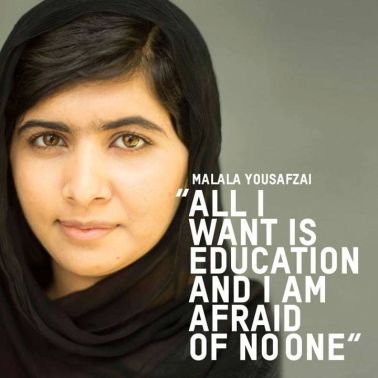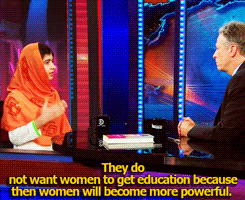In the documentary He Named Me Malala, Malala is shown as a girl caught in the middle of two conflicting cultural identities. After Malala was shot by the Taliban, her family relocated to England. Life in England represents western ideals, which is completely different from her home country of Pakistan. The media portrays Malala as a western hero but that isn’t entirely true. About 45 minutes into the documentary, Malala is shown having a difficult time adjusting to her British school. Even though Malala is immersed in British society, she does not want to give up her home beliefs and values. It is a remarkably challenging task to try to be engaged in two utterly different cultures. Malala wants people to realize that she still represents her Pashtun culture. Can her two worlds peacefully coexist?

About an hour into the documentary, there is a scene that displays citizens (mostly men) of Pakistan being interviewed on how they feel about Malala. During this part of He Named Me Malala, I realized how many people in her home country are not happy with her. One man said, “Malala represents the theme of the west” and another man said, “It’s a publicity stunt… she’s just a girl, she doesn’t know anything.”
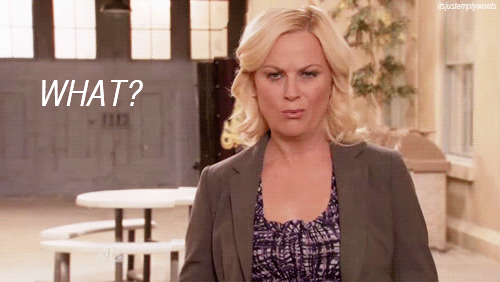
I could not believe what people were saying about her! Malala is just a teenage girl who fights for education, yet still stays true to her roots of Pakistan and continues to follow her Pashtun culture, while in England. How can Malala truly have her two different worlds coexist when people have these negative views of her? That can absolutely create a cultural identity crisis. Malala represents a double identity; she has two different cultures influencing her and they try to come together, but as we see, that is a difficult thing to do.
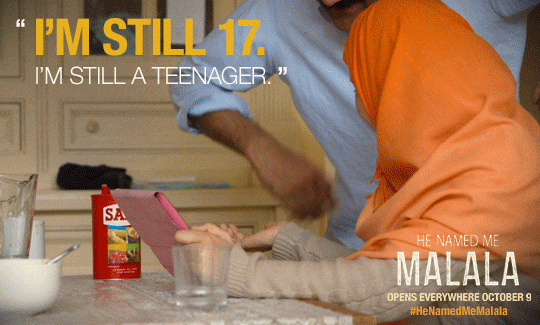
Regardless of the challenges that comes with having a double identity and facing two conflicting worlds, Malala does her best to peacefully work with both and does not let fear get in her way. Living in England will not stop Malala with working with her home country of Pakistan, even if there are people threatening her. And for that, I think that we can only commend Malala for her courage and fortitude.
